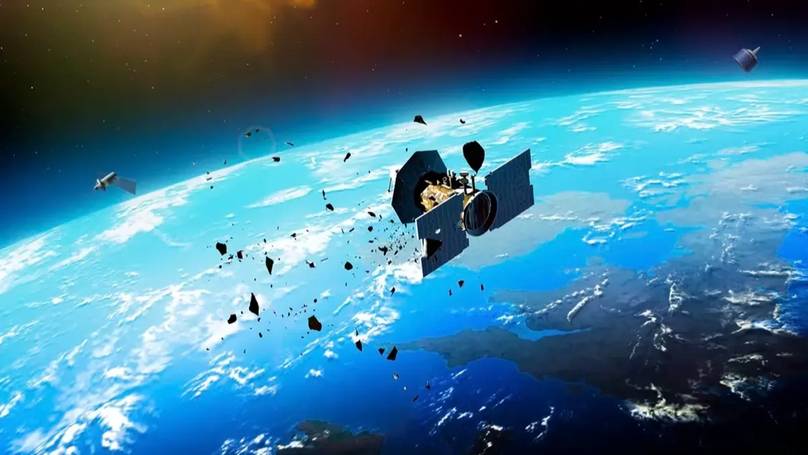“NASA’s Mars Rover Discovers Mysterious Sphere-Covered Rock: What Secrets Are Hidden Beneath?”
Mars, our curious little neighbor in the vast cosmos, is teeming with secrets that even the most intrepid of explorers struggle to unveil. Ever wondered why we’ve sent rovers to this rust-colored giant but humans have yet to set foot on its surface? Perhaps it’s because it takes a bit more than a few rocket boosters and a dream to make that leap! While we wait for Elon Musk and SpaceX to beam us up into the Martian sunset, NASA’s Perseverance rover is diligently traversing the Red Planet, uncovering bizarre findings that leave scientists scratching their heads. Most recently, it’s positioned itself at a fascinating site called Broom Point, within the Jezero Crater—an area believed to have once cradled water. What treasures will this little robot stumble upon next? Strap in, because the journey promises to be anything but dull! If you’re ready for an interplanetary adventure, buckle up for the discoveries coming from the latest Martian escapades. LEARN MORE
Despite being Earth’s closest planetary neighbour, Mars is full of mysteries that NASA and other space agencies want to discover.
Humanity has never been to the Red Planet, but that could change sooner rather than later if SpaceX and Elon Musk have anything to do with it, with the Tesla boss hoping to make it a reality very, very soon.
For the time being, it has been left up to NASA’s Mars Perseverance rover which continues to plod around the planet looking for exciting things to analyse and assess.
For the last two weeks, Perseverance has been located at a spot on Mars known as Broom Point.
This is at the lower slopes of an area called Witch Hazel Hill on the rim of the Jezero crater; a huge 45 kilometre wide hole thought to have once been filled to the brim with water.

Up close and personal (NASA/JPL-Caltech/LANL/CNES/IRAP)
It has been at this spot that a rather unique find was located by Perseverance – a slightly bizarre sphere covered rock.
Writing for NASA, Alex Jones, Ph.D. candidate at Imperial College London, said: “The rock, named ‘St. Pauls Bay’ by the team, appeared to be comprised of hundreds of millimeter-sized, dark grey spheres.
“Some of these occurred as more elongate, elliptical shapes, while others possessed angular edges, perhaps representing broken spherule fragments.
“Some spheres even possessed tiny pinholes. What quirk of geology could produce these strange shapes?”
Quirk indeed, given that scientists are currently puzzled at the entire thing.

Photo of the Martian surface captured by the European Space Agency (ESA via Getty Images)
But first thing’s first, weird spheres on Mars aren’t a brand new phenomenon. In fact, NASA first stumbled across them 21 years ago in 2004.
Back then, the Mars Exploration Rover Opportunity spotted so-called ‘Martian Blueberries’ at a location known as Meridiani Planum, which shows tiny sphere shaped rocks on the surface.
There was also the spotting of spherules – formed by groundwater running through spots in the rock over time – in the rocks of Yellowknife Bay at Gale crater.
And in recent months, Perseverance discovered popcorn-like textures in sedimentary rocks exposed in the Jezero crater inlet channel, Neretva Vallis.
So yes, new it is not.

The so called Martian blueberries (NASA/JPL-Caltech/Cornell/USGS)
“In each of these cases, the spherules were interpreted as concretions, features that formed by interaction with groundwater circulating through pore spaces in the rock.” Jones said.
“Not all spherules form this way, however. They also form on Earth by rapid cooling of molten rock droplets formed in a volcanic eruption, for instance, or by the condensation of rock vapourised by a meteorite impact.”
The different with the new discovery is that it is something called ‘float rock’, a term used by geologists to describe something that is not fixed to the ground.
Now it is time to research the thing in more detail.




















